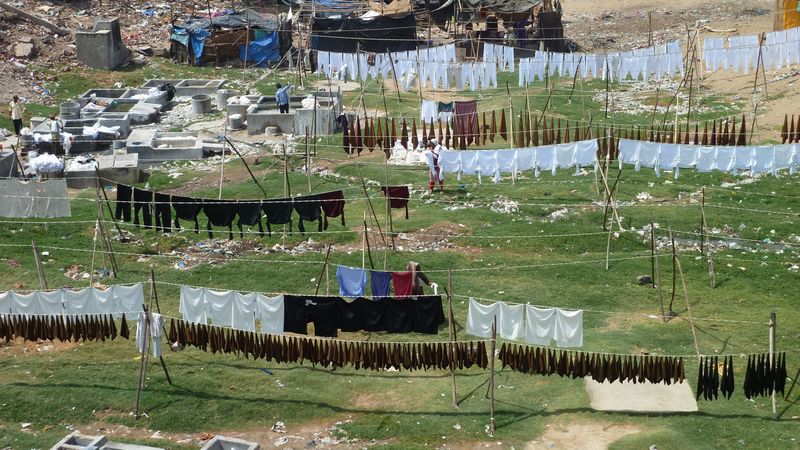
We arrived in Ahmedabad by bus, and not by train (see our first experience with trains in India). Ahmedabad is the capital of the Gujarat state, and, as many cities in India, is well over 1 millions inhabitants.
Street are over-filled by traffic and people, the chaos is total, and perpetual accidents are avoided only because of the constant traffic jams. And no wonder the traffic is jammed, there is no sidewalks, so everybody share the road, walkers, sellers, animals, taxis and bikes. No peace either next to the Sabarmati river, which cut the old city from the new one. Washerwomen have settled on the banks which is carpeted by garbage.
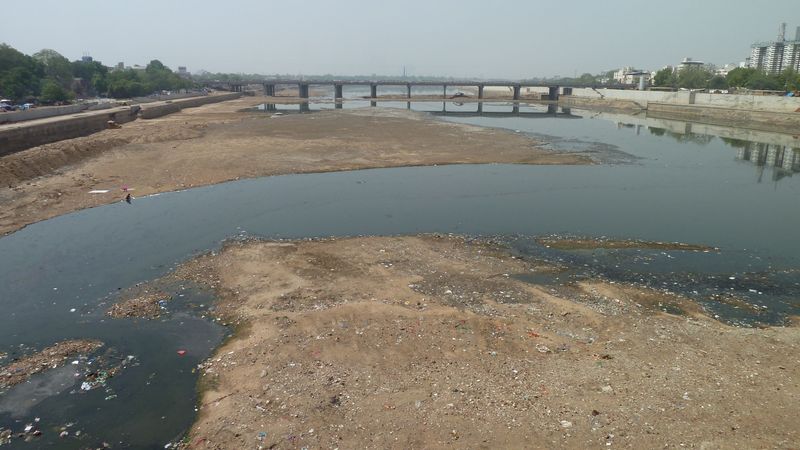
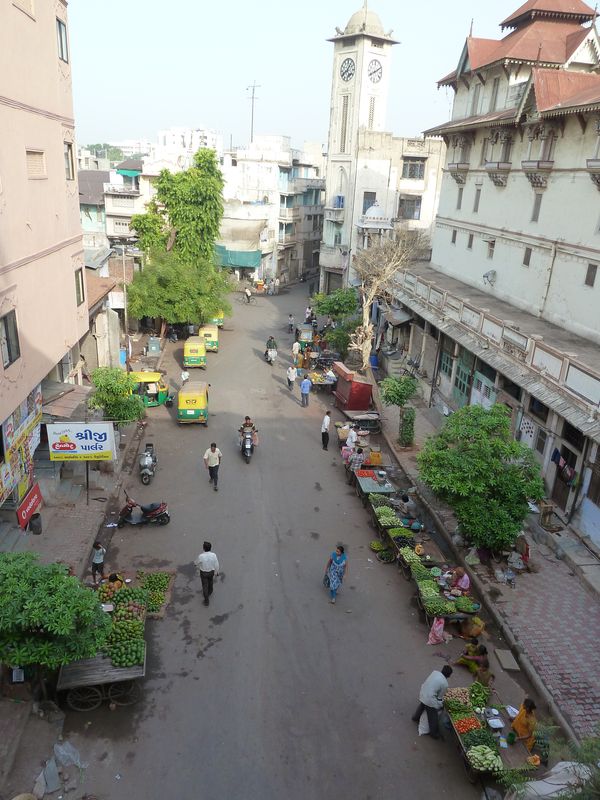
Nevertheless Ahmedabad is urbanisticly very originally build, as we discover with a benevolent guide and around thirty Indian tourists during the Heritage Walk. The old city was designed in the 16 century with one concept in mind : the Pol (hindi word for gate). A Pol is then by extension a closed community of 10 to 100 houses with a common temple, a public place, a bird-feeding mast (designed to supply the disappearance of trees), and of course a fortified and guarded gate.
Here is the occasion to challenge yourtself a little bit. To what extend will you understand the introductional speech of our Indian guide (light Indian accent) in a temple full of reverb?
Audio clip: Adobe Flash Player (version 9 or above) is required to play this audio clip. Download the latest version here. You also need to have JavaScript enabled in your browser.
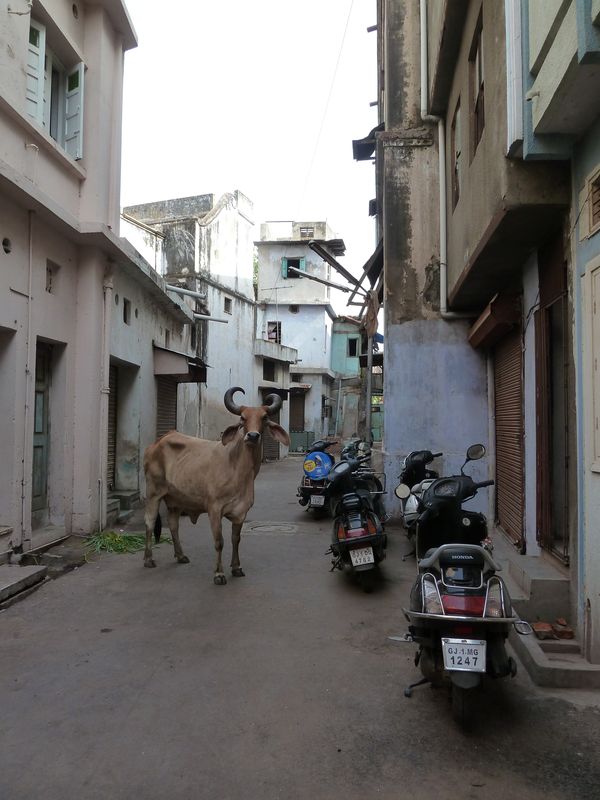
All this pol create a true labyrinth, because the architecture is totally heterogeneous with over 400 years of different styles accumulating, not to speak about the secret-passages which link Pols between them.
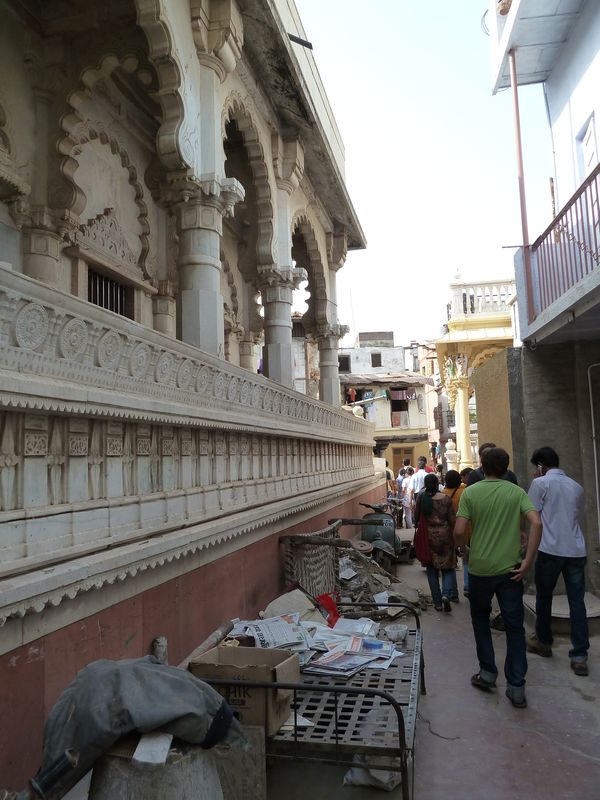
But don’t make the mistake to thing that our predecessor on Earth were simpler or less civilized. In fact they were surprisingly well organized. For example rain-water was collected in underwater tanks in each houses (with over 45 Celsius degrees during the day, this was a cool way to store water). Tanks were built with a mix of limestone and metals with proven antiseptic property, that is to say a far better water quality than the polluted ans dirty water the Indian people have to drink nowadays.
As often this urban organization was a reflection of the society organization. Indian society at that time were extremely fragmented, between casts, classes, religions, professions…
For example a member of a cast couldn’t eat food cooked in the place used by another cast, so the division by Pol was a really practical answer.
Nevertheless, this division amongst Indian society doesn’t exclude inter-influence, and the very beautiful Jama Masjid Mosquee is a testimony of this. It was build to practice Islam, but you could almost thing you are in Hindou temples, and there are also numerous Jain religious symbols.
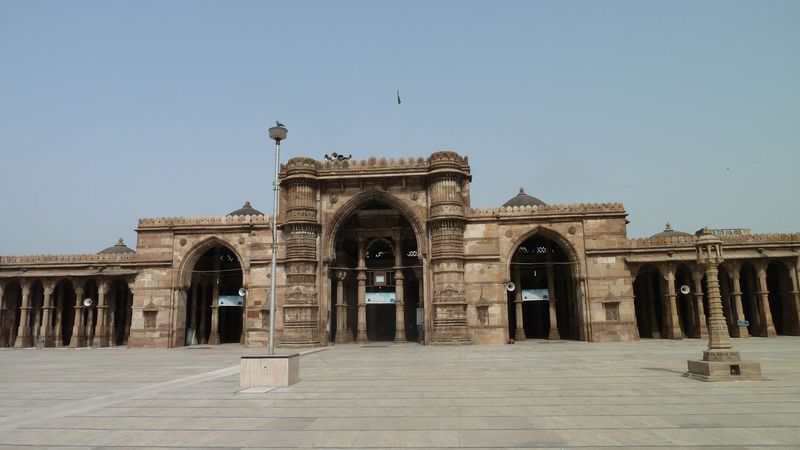
A few kilometers away of the center of Ahmedabad you can dive in history by visiting Gandhi Ashram.
An Ashram is a bit like a communitarian farm, where people live together, with a great place accorded to spirituality, and, in the case of Gandhi, try to be auto-sufficient.
Here you learn more about this historical figure, that some even match to the Buddha. This is really interesting to discover how Gandhi evolved, as the Gandhi we have in mind is an human being who slowly constructed his ideas and beliefs.
TIPS FOR AHMEDABAD
- New Esquire Hostel, facing Sidi Saiyad mosquee, 250Rp/night, bathroom and fan, noisy
- Heritage Walk, really worth it
- Avoid the tourism office, they are somehow good willed but badly un-helpful

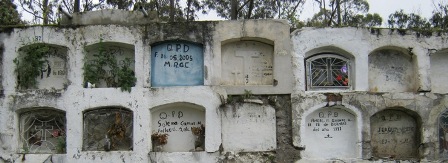








No comment for “Ahmedabad and its Pols”
Leave a comment